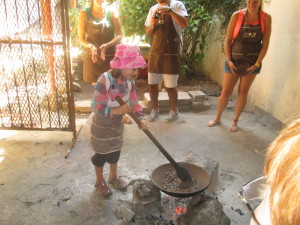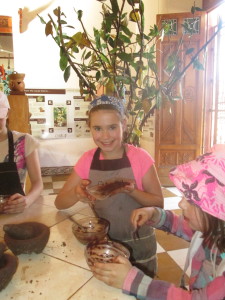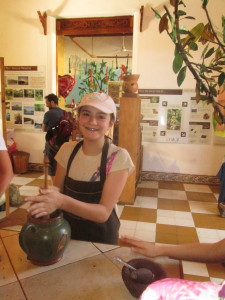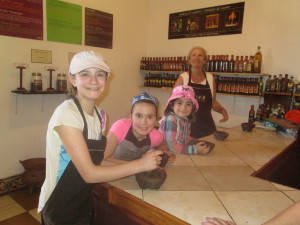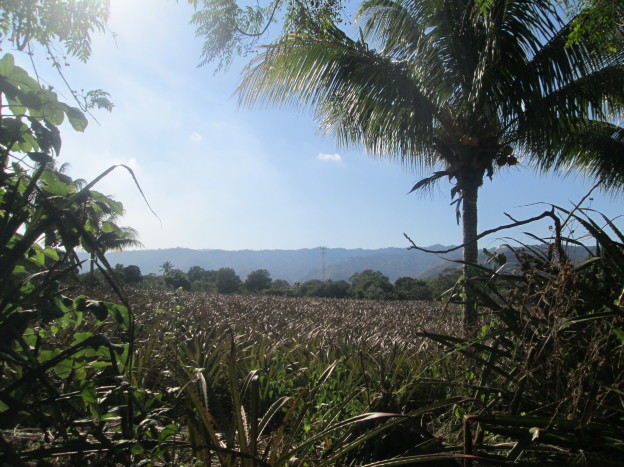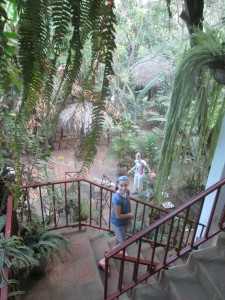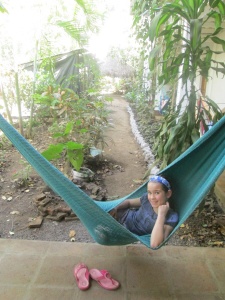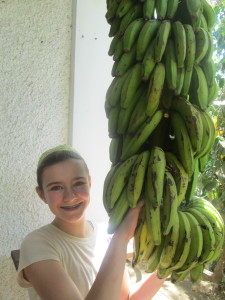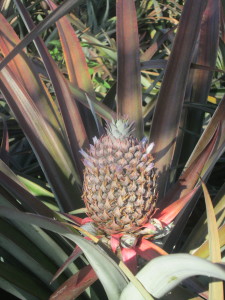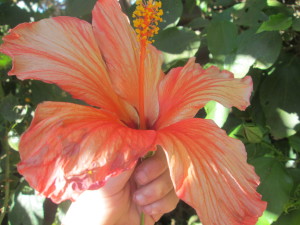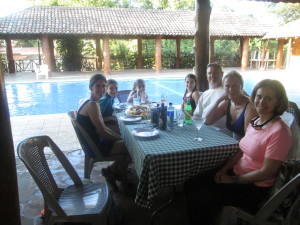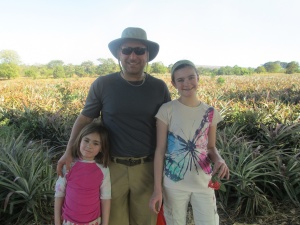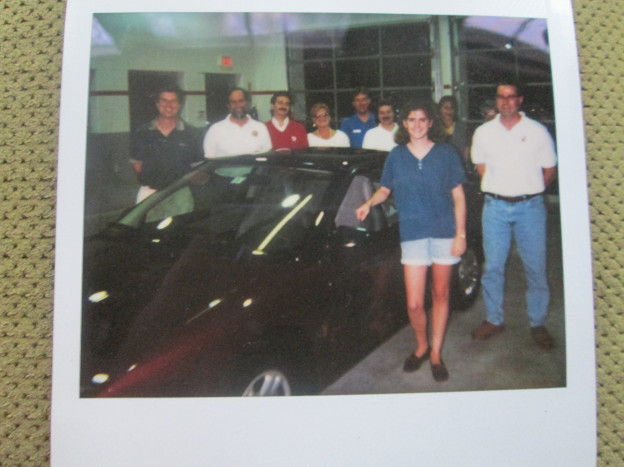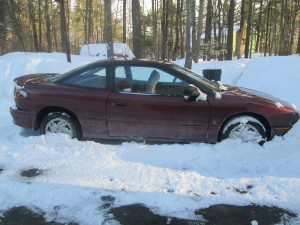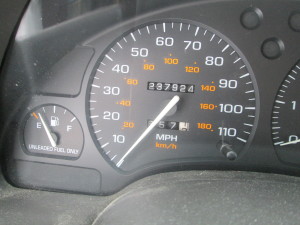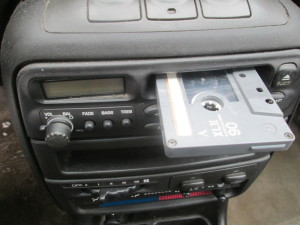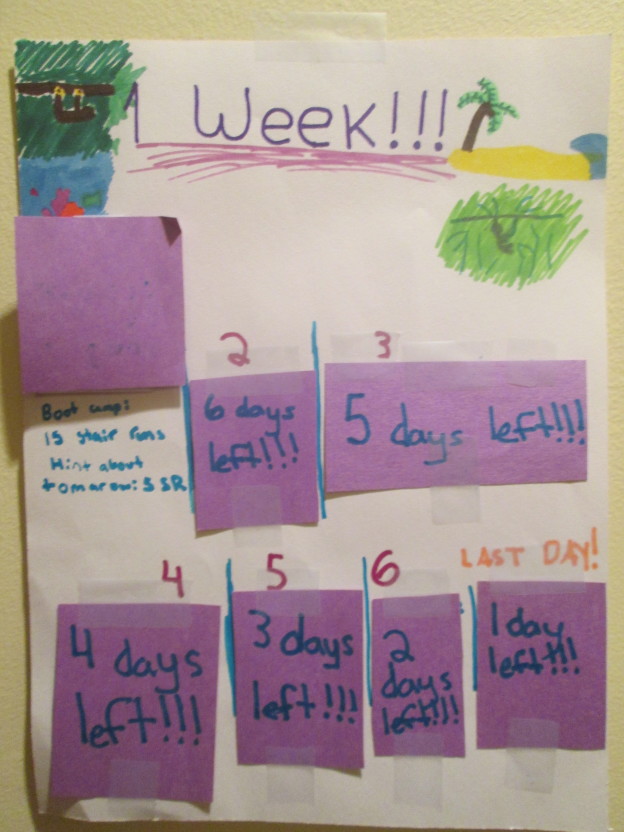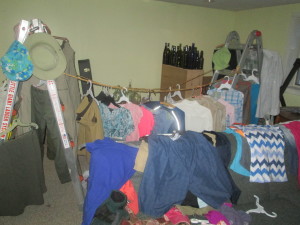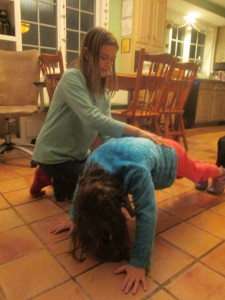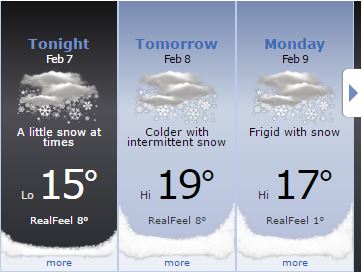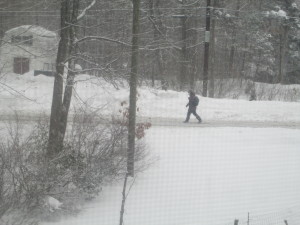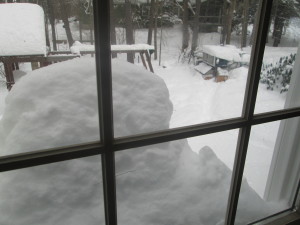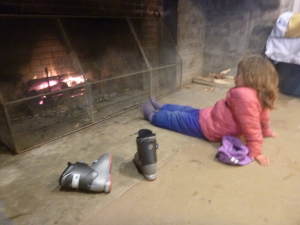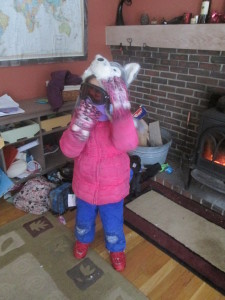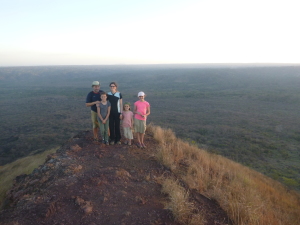 We have officially left La Mariposa and successfully launched into the outside world. More about that tomorrow. But yesterday, on our last night, was the excursion I was most looking forward to — a night tour of the Volcan Masaya. Despite my high expectations, this trip still blew them all away.
We have officially left La Mariposa and successfully launched into the outside world. More about that tomorrow. But yesterday, on our last night, was the excursion I was most looking forward to — a night tour of the Volcan Masaya. Despite my high expectations, this trip still blew them all away.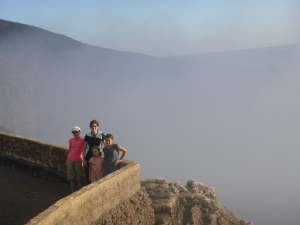
Volcan Masaya is a national park, but down here that doesn’t mean the same thing as it does at home. However, in this case we found that Nicaragua has really done a good job with this place. Our first stop was the visitor center/museum, which was the equal of any I’ve been in in the US national parks — large scale models of the area, lots of interesting information about the volcano and the plants and animals that live here, and beautiful artwork.
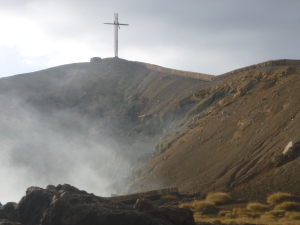 But of course the real star is the volcano itself. It has seven craters, of which only one (the Santiago crater) is still active. And I read that this is one of only two places in the world where you can drive right up to the crater’s edge and peer into the depths, until you’re blinded and/or asphyxiated by the acrid smoke pouring from it. Cars are instructed to park facing out, so a quick getaway is possible in case of an eruption, and people are advised to stay in the area for no more than 20 minutes, because of the fumes. (Interestingly, a group of parrots has evolved to live inside the crater itself, undisturbed by any predators.)
But of course the real star is the volcano itself. It has seven craters, of which only one (the Santiago crater) is still active. And I read that this is one of only two places in the world where you can drive right up to the crater’s edge and peer into the depths, until you’re blinded and/or asphyxiated by the acrid smoke pouring from it. Cars are instructed to park facing out, so a quick getaway is possible in case of an eruption, and people are advised to stay in the area for no more than 20 minutes, because of the fumes. (Interestingly, a group of parrots has evolved to live inside the crater itself, undisturbed by any predators.)
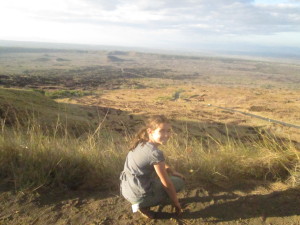 We were able to hike around and even a little bit into the crater, and along a ridge that passed by two adjacent (inactive) craters. Next we headed up to the highest point in the park, along a steep path covered in loose gravel. (We thought getting up it was hard, but it was nothing to trying to get back down.) The view would have been spectacular in any circumstances — from a narrow ridgeline, we could see for miles in every direction, chains of volcanoes and green valleys stretching to the horizon — but Richard had timed our trip so that we could watch the sun setting through the smoke of the crater. Words and photos don’t do it justice.
We were able to hike around and even a little bit into the crater, and along a ridge that passed by two adjacent (inactive) craters. Next we headed up to the highest point in the park, along a steep path covered in loose gravel. (We thought getting up it was hard, but it was nothing to trying to get back down.) The view would have been spectacular in any circumstances — from a narrow ridgeline, we could see for miles in every direction, chains of volcanoes and green valleys stretching to the horizon — but Richard had timed our trip so that we could watch the sun setting through the smoke of the crater. Words and photos don’t do it justice.
A short panorama view:
As if that wasn’t enough, we were then equipped with helmets and flashlights and led to the nearby caves. These are actually lava tubes, formed by rivers of hot lava coursing through the mountain. We stood just outside the first cave (all three girls in front of the pack), turned off our lights…and watched some of the cave’s thousands of bats emerge in droves for their evening hunting. I must admit I ducked into a crouch (and was grateful for my helmet, lest a bat crash into/poop on me), but looking up I could see the bats coursing all around Bob’s head. (Our guide helpfully explained that these are not vampire bats, but insectivores.)
The bats emerge:
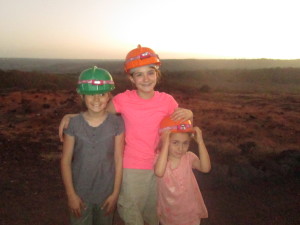 Finally, Richard had one more treat in store — we walked along a bit to another cave, where we were able to walk about a third of a mile into the mountain. The cave formations were lovely, and there were plenty of bats here, too. At one point, in the deepest depths of the cave (where indigenous tribes once prepared their victims for human sacrifice in the volcano) Richard had everyone turn off their lights and be totally silent. I don’t think we’ve ever experienced such darkness before, with no sensory input except the soft flutter of bats’ wings. (I ducked down at this point as well.)
Finally, Richard had one more treat in store — we walked along a bit to another cave, where we were able to walk about a third of a mile into the mountain. The cave formations were lovely, and there were plenty of bats here, too. At one point, in the deepest depths of the cave (where indigenous tribes once prepared their victims for human sacrifice in the volcano) Richard had everyone turn off their lights and be totally silent. I don’t think we’ve ever experienced such darkness before, with no sensory input except the soft flutter of bats’ wings. (I ducked down at this point as well.)
Our tour ended, we emerged under a blanket of stars brighter than I ever remember seeing. There’s not much light pollution in Nicaragua.
This place alone is reason enough to come to Nicaragua, in my opinion. Any one of our experiences would have made the trip worthwhile. This would be an A-1 tourist destination anywhere in the world, but down here is still enough off the beaten path that we didn’t have to deal with crowds or the excessive levels of regulation that unfortunately must accompany them. And the whole experience was $10 per person. We won’t soon forget it.
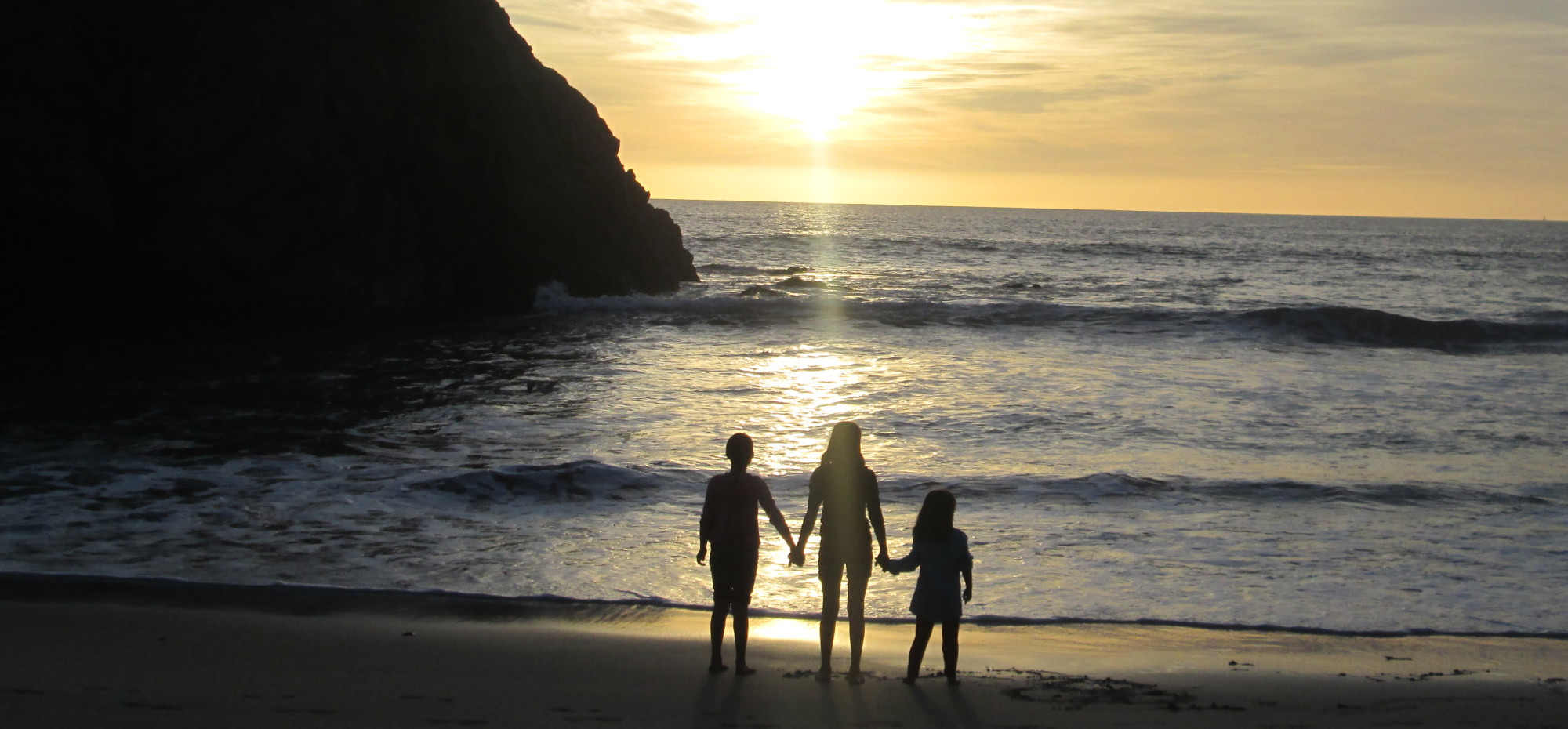
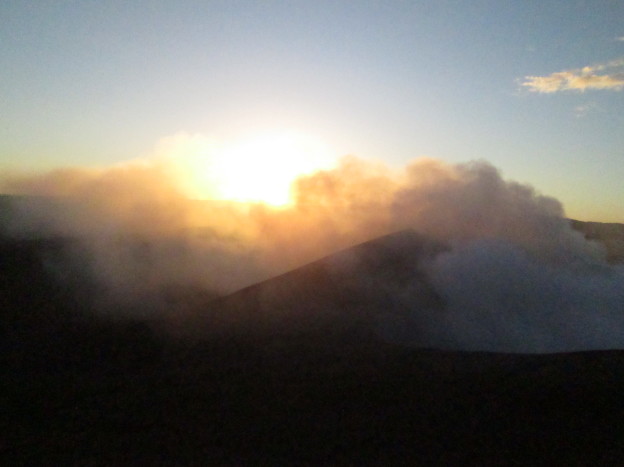
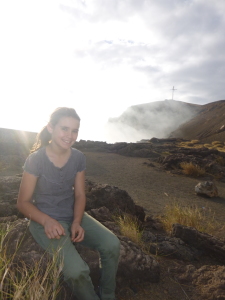
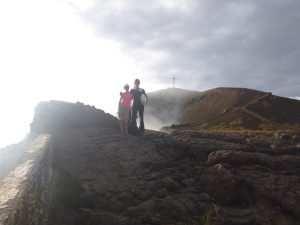
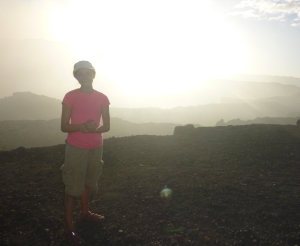
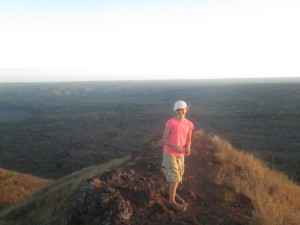

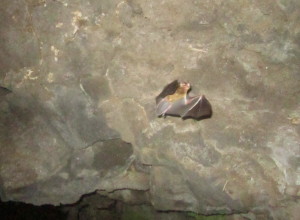
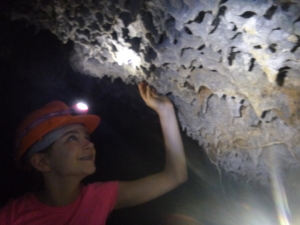
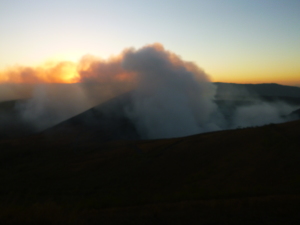
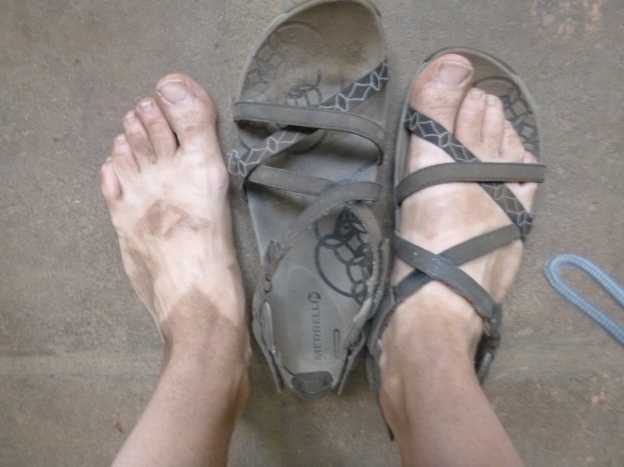
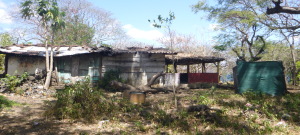
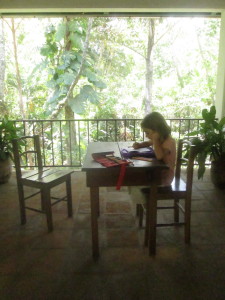
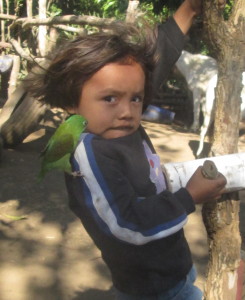
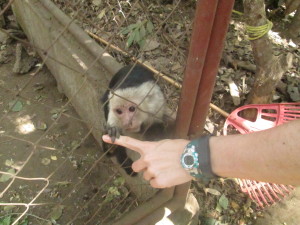
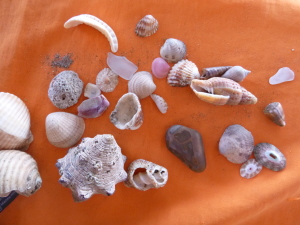
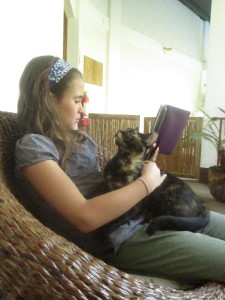
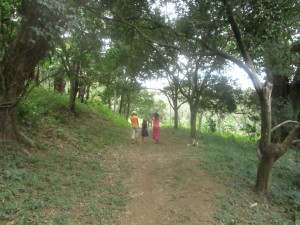
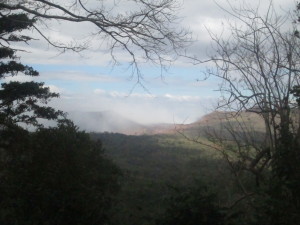
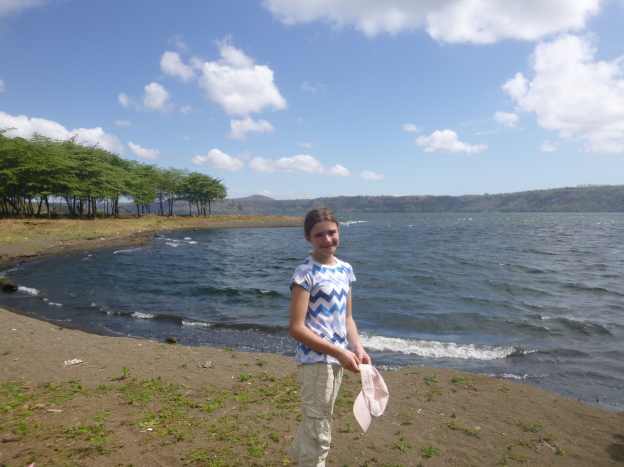
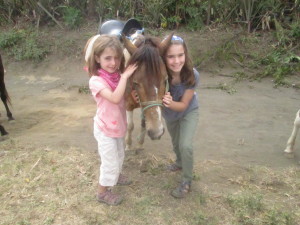
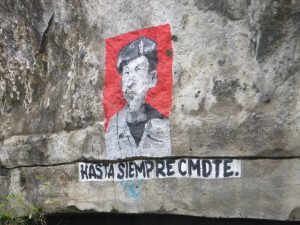
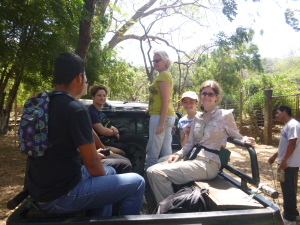
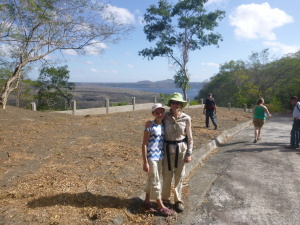
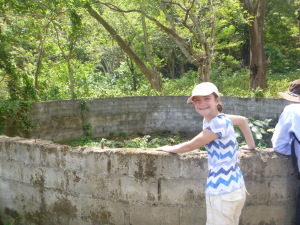
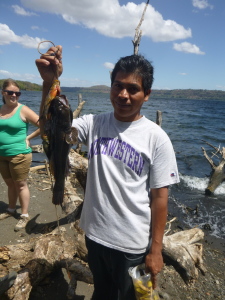
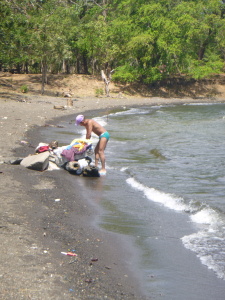
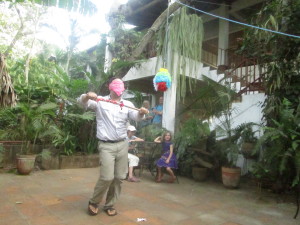
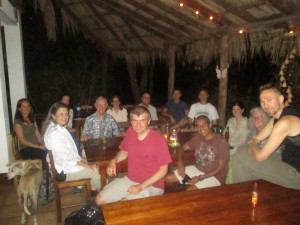
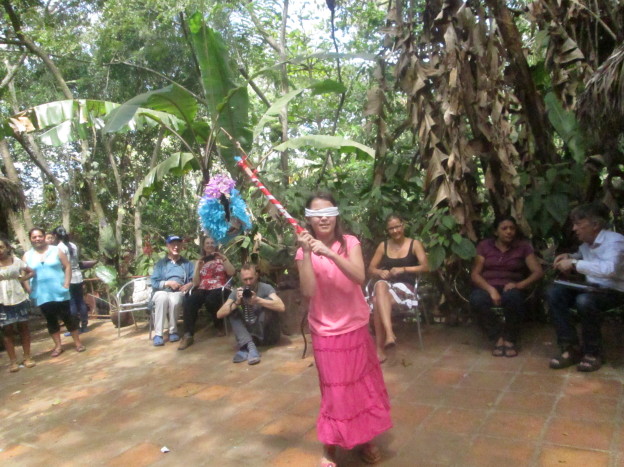
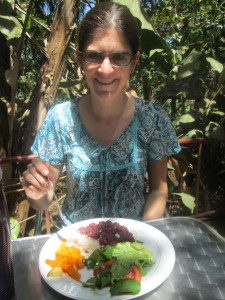
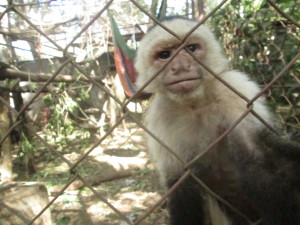
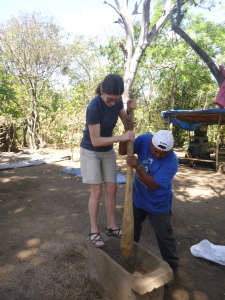
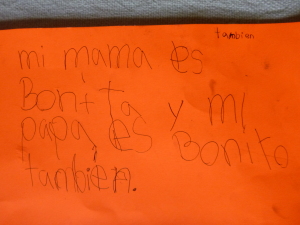
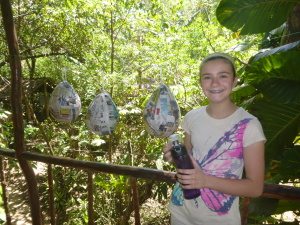
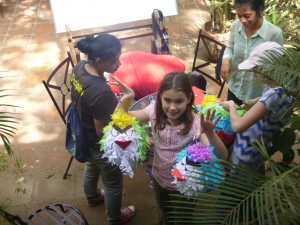
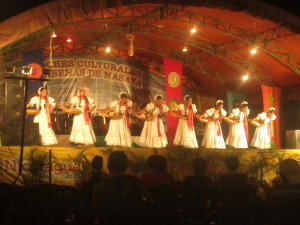
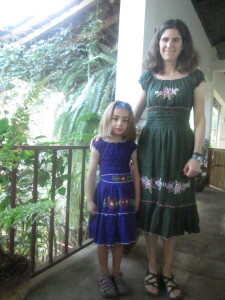
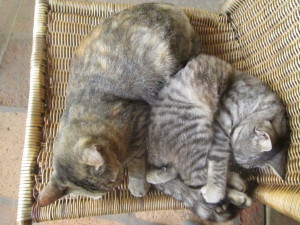
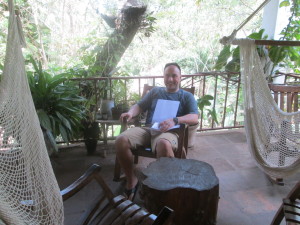
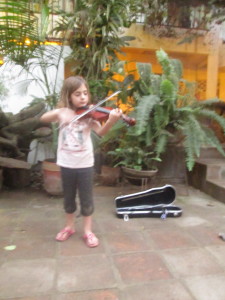
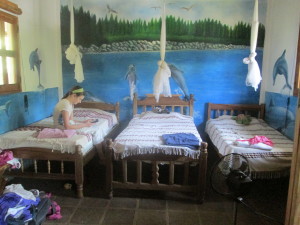
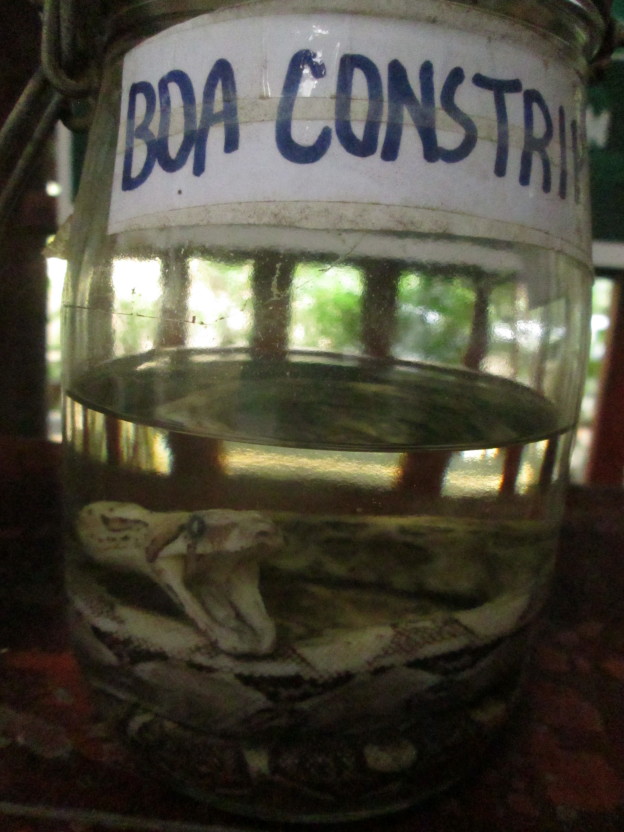
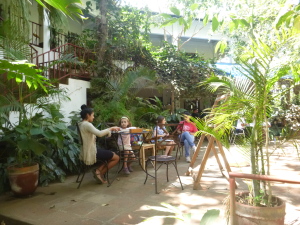
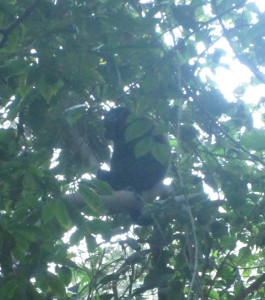
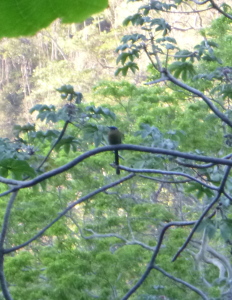
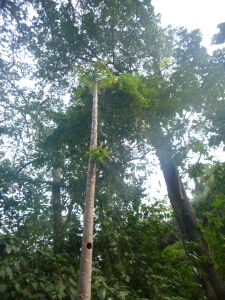
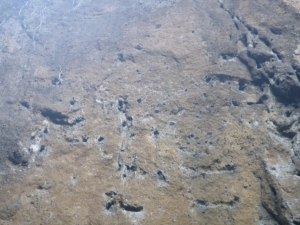
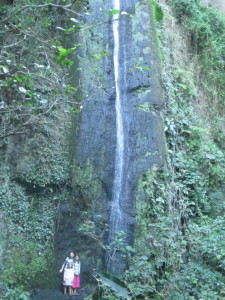
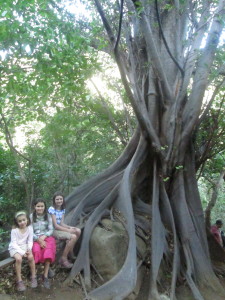
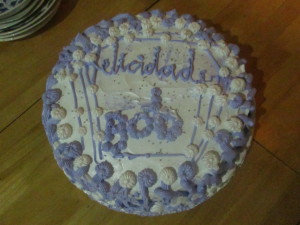
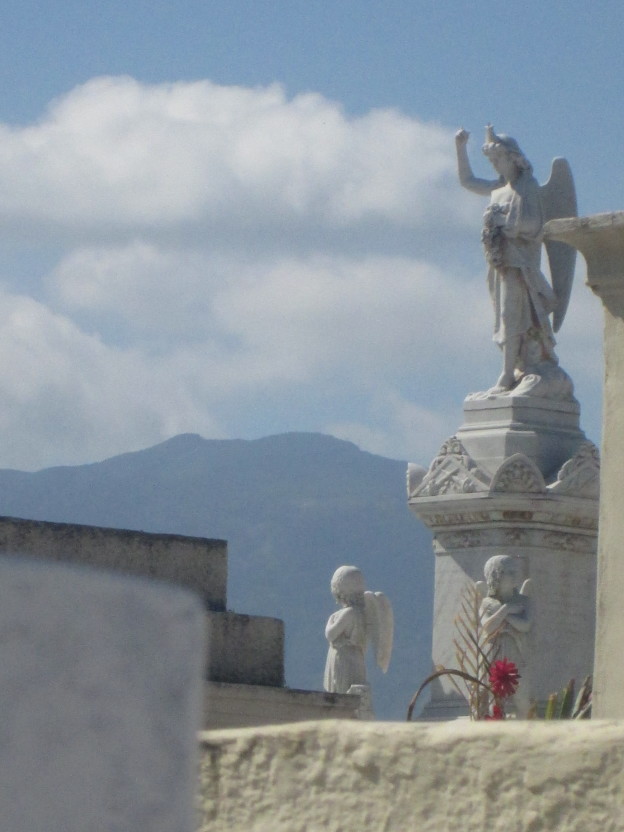
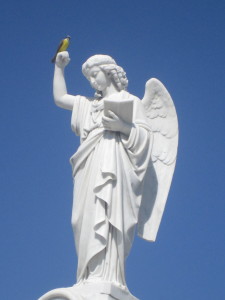
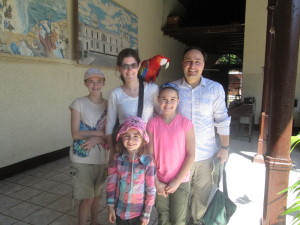
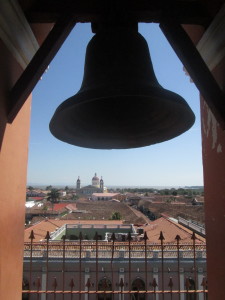
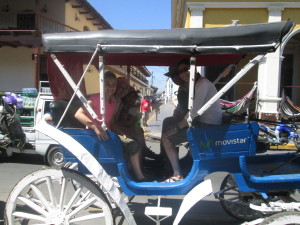 We did break off before the next museum, choosing a horse-drawn carriage ride around the city instead. Our driver initially stopped at most of the places we’d already visited with Richard, but the girls just took the opportunity to get out and pet the horses (who incidentally were named “Mercedes” and “Benz”). He also brought us down to the shore of the lake, where powerful winds swept into the city and whipped the water into whitecaps (making me glad we’d decided to skip the rather expensive boat tour later that afternoon).
We did break off before the next museum, choosing a horse-drawn carriage ride around the city instead. Our driver initially stopped at most of the places we’d already visited with Richard, but the girls just took the opportunity to get out and pet the horses (who incidentally were named “Mercedes” and “Benz”). He also brought us down to the shore of the lake, where powerful winds swept into the city and whipped the water into whitecaps (making me glad we’d decided to skip the rather expensive boat tour later that afternoon).